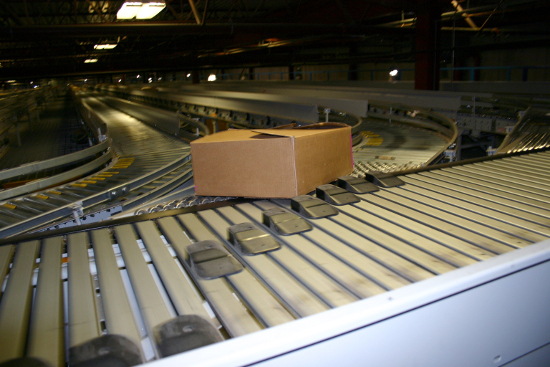A warehouse control system (WCS) directs “real-time” activities within warehouses and distribution centers. They act as a traffic regulator for warehousing activities, with the mission of running material handling systems (and in some instances, the activities of workers). A good WCS system provides a broad, yet consistent interface for material handling systems like conveyors, carousels, palletizers, sorters, etc. On the other hand, a warehouse management system (WMS) is more focused on broader activities, people, and processes, such as shipments and orders. WMS usually doesn’t reach downstream into the automated equipment itself. A WMS is more about controlling human interactions to fulfill or receive product.
WCS vs. WMS: Complementary Warehouse Software
Tags: WMS, Automation, software, wcs, warehouse control
Posted in Automation, Labor & Efficiency|
Configuring a Forklift Warning Light

When it comes to pedestrian safety in warehouses, the problem can be plain old attention span
People who aren’t paying attention are at the most risk, particularly those who walk near and around forklifts. People don’t pay attention because they’re busy, worried about deadlines. Or they’re absorbed in their smart phone, or in a conversation with someone. The reasons vary, but when forklifts are involved, the results can be deadly.
Posted in Forklift - Pedestrian Safety|
The Case for a “Supersized” Receiving Area in Your Warehouse
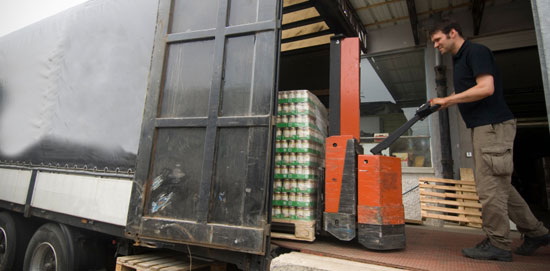
Receiving is an often-overlooked but critical component to warehouse workflow. Receiving mistakes can flow through every other aspect of your operation.
If you can’t quickly and accurately break down landed shipments and send them to effective putaway, you can sabotage every other aspect of the operation. It has a direct impact on inventory accuracy (and security – in fact receiving is an area of particular vulnerability), throughput, and accurate fulfillment. Too little receiving space tends to become a root cause for many errors and throughput headaches.
Posted in Docks & Shipping|
A Quick Guide to Order Picking Methods & Productivity

When you work on order picking strategies, knowing the metrics for picking rates may be helpful. Labor productivity is the key to any warehousing or order picking operation, since labor tends to be the largest single cost factor in these operations. It’s critical to understand production rates for processes that absorb labor hours, energy, money, and time.
Posted in Order Picking & Fulfillment|
Manufacturing: Attacking the Skills Gap

In its 2011 “Skills Gap in Manufacturing” report, the Manufacturing Institute laid out the situation: as American manufacturing continues to expand, a lack of critical skills in the workforce is becoming an increasingly common limitation. In many places, we see classified ad pages full of jobs for skilled positions like CNC machinists, high-volume assembly technicians, welders, or electricians. With a reported 600,000 unfilled jobs in the manufacturing sector, it’s something that has to be addressed.
Certainly, lower-cost foreign labor is still a drain, but there is little manufacturers can do about that. What can manufacturers do?
Tags: labor, palletizing, ergonomics
Posted in Manufacturing|
Another Reminder: The Importance of Lockout/Tagout

We talk safety a lot, mainly because the environment we work in, and the customers we work with use equipment like forklifts and conveyors in areas where interaction with people is unavoidable. We believe the first responsibility we have to our customers, and the first responsibility our customers have to themselves, is safety. Many of the wonderful benefits of material handling equipment comes with the risk of injury. It’s powerful machinery, and people must pick from it, walk near, it or otherwise interact with it.
Tags: Conveyor, conveyor safety
Posted in Safety & Ergonomics|
Lean Manufacturing Practices of the Future
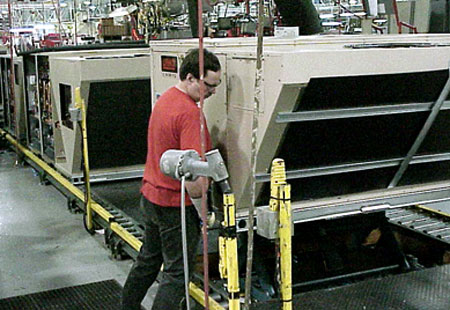
You want your company to be a leader in your field. You want to provide the best product to your customers at the best price, and cut needless costs, transactions, touches, and clutter that inhibit productivity. The term “lean production system” was coined in 1988, and manufacturers have been honing their operations to conform to lean principles ever since.
It starts with making sure every part of your organization is doing its job well; and is armed by process to execute its mission.
Tags: lean manufacturing, 5S principles
Posted in Manufacturing|
More is More: Estimating Pallet Rack Upright Capacities
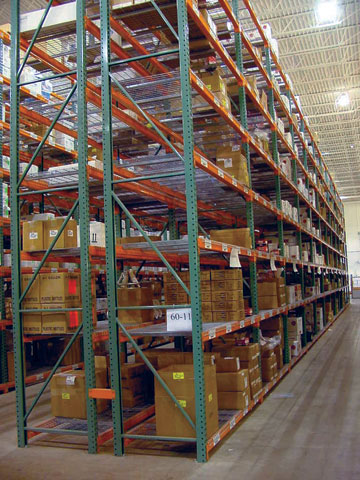
There are two types of pallet rack capacity to take into account: beam and upright. Getting those capacities right is a critical factor in safe, efficient rack operations, so understanding why they are very different numbers is important.
Posted in Pallet & Warehouse Racks|
Tactics to Reduce Small Parts Order Picking Errors

Small parts are more difficult to count, measure and handle. They tend to cause more errors than case picking or larger component orders. If you are having errors, you should try to define the causes — and the suspects abound. Can you find out what’s causing the errors? Once you do, what happens next? Here are some common causes and solutions to this issue.
Tags: lean warehousing, Order Picking & Fulfillment, 5S principles, error reduction
Posted in Order Picking & Fulfillment|
The Top 10 Do’s and Don’ts of Safe Conveyor Operations
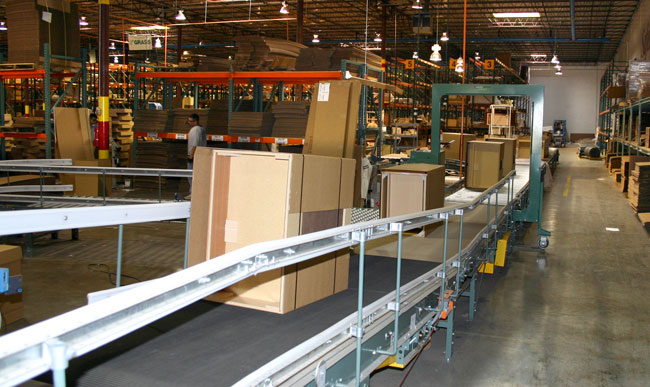
Conveyor safety should always be a top concern. With more than 50 workplace fatalities a year where conveyors are the primary source of injury and workplace accidents accounting for nearly 25% of all workers’ compensation claims, you must pay attention to industry standard safety practices.
Tags: Safety & Ergonomics
Posted in Conveyor Optimization|




